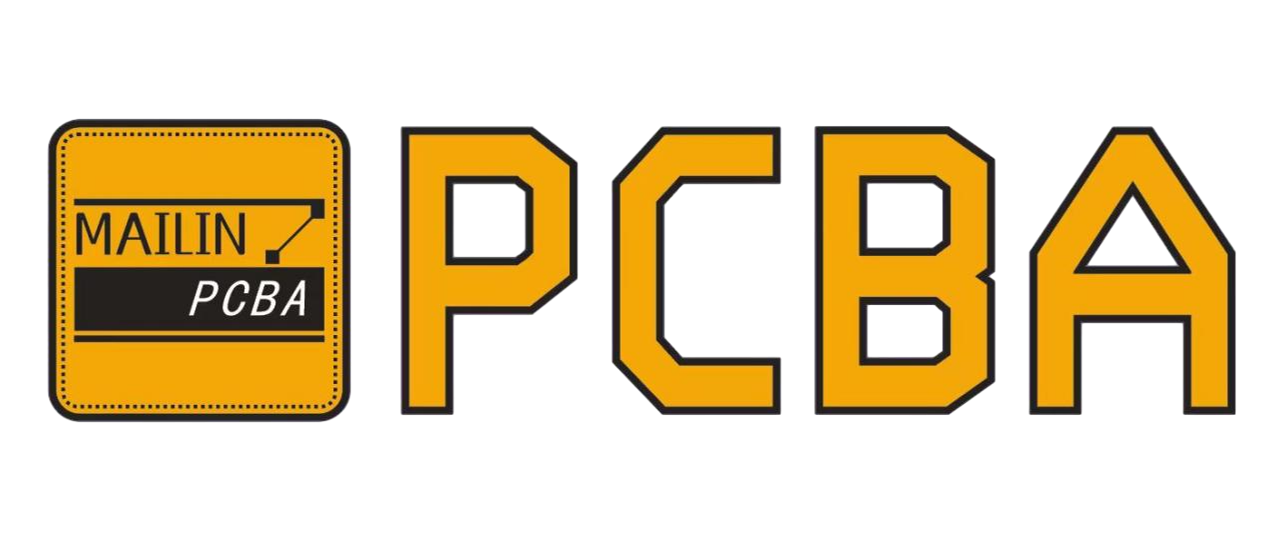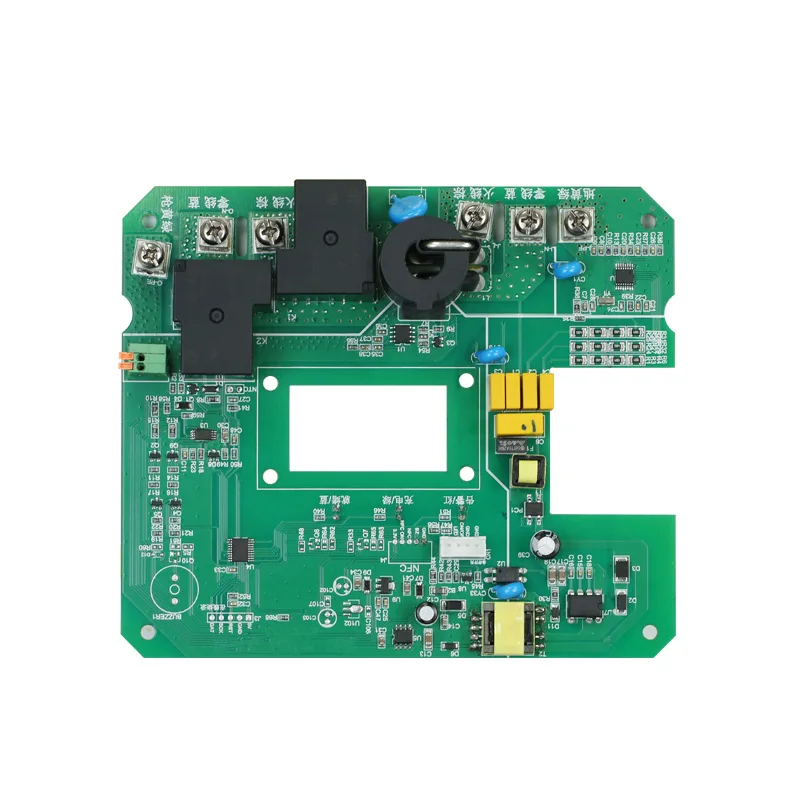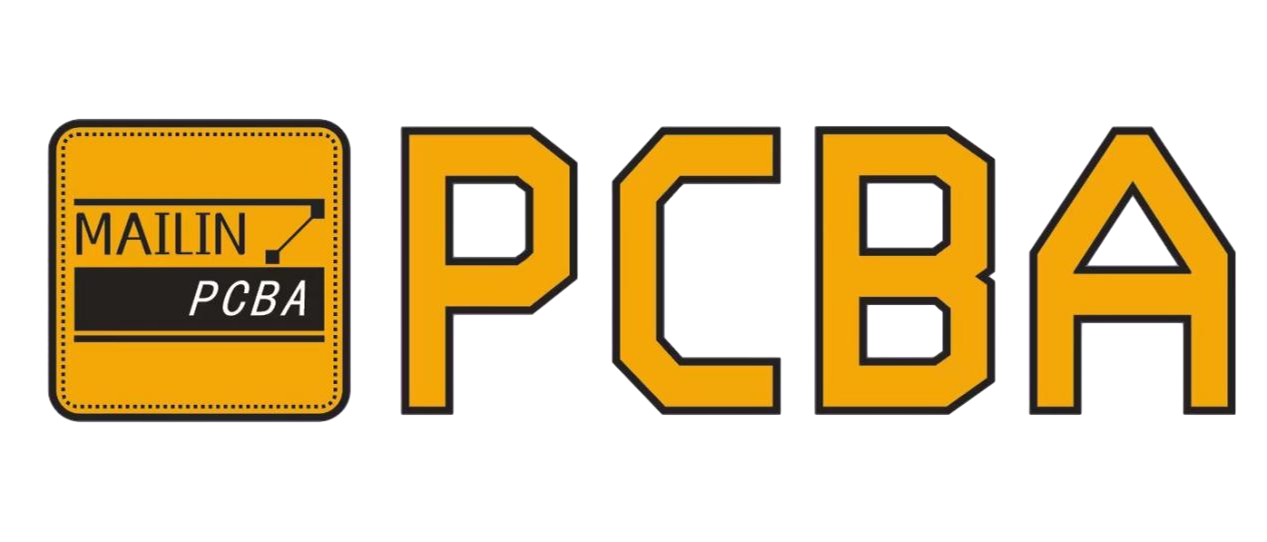เคยสงสัยไหมว่าอุปกรณ์อิเล็กทรอนิกส์ต่าง ๆ ของคุณทำงานได้อย่างไรในตอนแรก องค์ประกอบหลักที่ช่วยให้เทคโนโลยีของเราทำงานเรียกว่า Printed Circuit Board หรือที่รู้จักกันทั่วไปว่า PCB แผงวงจรเป็นส่วนประกอบสำคัญของอุปกรณ์อิเล็กทรอนิกส์หลายชนิดที่เราพึ่งพาในการใช้งานประจำวัน เช่น สมาร์ทโฟน เครื่องแท็บเล็ต และคอนโซลเกม อุปกรณ์เหล่านี้ใช้เพื่อเชื่อมต่อส่วนประกอบต่าง ๆ ของอุปกรณ์เข้าด้วยกัน ทำให้สามารถทำงานร่วมกันได้ เช่นเดียวกับสิ่งต่าง ๆ ในโลกเทคโนโลยี ส่วนประกอบของ PCB ก็กำลังพัฒนาขึ้นเรื่อย ๆ และด้วยวัสดุใหม่ ๆ ที่ถูกนำมาใช้มากขึ้น หมายความว่าเทคโนโลยีของแผงวงจรกำลังพัฒนาไปในทางที่ดีขึ้น
การพัฒนาที่สำคัญในเทคโนโลยี PCB คือการใช้วัสดุยืดหยุ่น เดิมที PCB มักจะแข็งและไม่สามารถโค้งได้ ซึ่งหมายความว่ามันไม่สามารถใช้งานในอุปกรณ์ขนาดเล็กได้ แต่ตอนนี้วิศวกรสามารถออกแบบ PCB ที่ยืดหยุ่นได้ ซึ่งหมายความว่ามันสามารถถูกงอและบิดได้ ความยืดหยุ่นนี้มีประโยชน์อย่างมากสำหรับอุปกรณ์ขนาดเล็กและอุปกรณ์ที่เคลื่อนที่ เช่น สมาร์ทวอทช์ เครื่องติดตามสุขภาพ เป็นต้น คุณเชื่อไหมว่าคุณสามารถใส่นาฬิกาที่เข้ากับรูปร่างข้อมือของคุณได้อย่างสมบูรณ์แบบ
แผงวงจรพิมพ์ด้วยการพิมพ์ 3D - การพัฒนาที่เจ๋งอีกอย่างหนึ่ง อะไรคือการพิมพ์ 3D: วิธีที่วิศวกรสร้างวัตถุสามมิติด้วยการสะสมชั้นของวัสดุ วิธีนี้เป็นประโยชน์สำหรับการออกแบบที่ละเอียดและซับซ้อนซึ่งจำเป็นในกระบวนการออกแบบ PCB เพราะสามารถประหยัดเงินและเวลาได้มาก นอกจากนี้ การพิมพ์ 3D ยังช่วยลดขยะให้น้อยลง ทำให้มีวัสดุที่ถูกทิ้งระหว่างการผลิตน้อยลง อีกทั้งยังเร็วกว่าเดิม และใครล่ะจะไม่ชอบเรื่องนั้น - ยังไม่นับว่ามันส่งผลกระทบต่อสิ่งแวดล้อมน้อยกว่า!
การทำให้การออกแบบ PCB ง่ายขึ้น
การพัฒนาและการทดสอบ PCB อาจใช้เวลานานและทำให้เกิดความหงุดหงิดสำหรับวิศวกรได้ อย่างไรก็ตาม ด้วยเครื่องมือและซอฟต์แวร์ใหม่ๆ ที่เรามีในปัจจุบัน ความสะดวกในการผ่านกระบวนการเหล่านั้นยังไม่เคยเป็นไปได้มากขนาดนี้มาก่อน
เหตุใดวิศวกรจำนวนมากจึงใช้ Altium Designer แอปพลิเคชันที่วิศวกรและนักออกแบบใช้เพื่อสร้างต้นแบบของการออกแบบแผงวงจรพิมพ์ (PCB) สำหรับการทดสอบ การให้ข้อมูลเชิงลึกแบบเรียลไทม์เป็นเครื่องมือและคุณสมบัติที่ครอบคลุมของ Altium Designer:white-crop: ใช้ข้อมูลของบอร์ดแบบเรียลไทม์เพื่อเข้าใจว่าคุณกำลังทำงานของคุณให้เสร็จสิ้นอย่างถูกต้องทันที นอกจากนี้ยังมีเครื่องมือร่วมงานที่จะช่วยให้ทีมสามารถทำงานร่วมกันได้แม้ว่าจะไม่ได้อยู่ในสถานที่เดียวกัน
ขอความช่วยเหลือ: หากคุณต้องการทำให้การออกแบบ PCB ง่ายขึ้นอีก ลองใช้บริการ เช่น การใช้ PCB ตัวอย่างที่ดีที่สุด การสร้าง PCB ตัวอย่างหมายถึงการสร้างเวอร์ชันแรกของแผงวงจรเปล่าอย่างรวดเร็วและไม่มีข้อผิดพลาด การออกแบบ PCB ขึ้นอยู่กับเทคโนโลยีและวิธีการล้ำสมัยเพื่อให้มั่นใจในฟังก์ชันการทำงานของแบบจำลอง โดยที่การออกแบบนั้นปฏิบัติตามมาตรฐานพื้นฐานทั้งหมด ซึ่งช่วยปรับแต่งการออกแบบให้สามารถทำซ้ำได้ตามที่วิศวกรต้องการโดยไม่ต้องกังวลเกี่ยวกับกระบวนการผลิต
เทคนิคล่าสุดในการผลิต PCB
การสร้างแผงวงจรสำหรับอุปกรณ์อิเล็กทรอนิกส์เป็นขั้นตอนสำคัญที่ไม่ควรมองข้าม ในปัจจุบันกระบวนการเหล่านี้เร็วขึ้น ง่ายขึ้น และราคาถูกกว่าเดิมมาก ขอบคุณแนวคิดใหม่ๆ และนวัตกรรม
ตัวอย่างที่ดีของความก้าวหน้านี้คือกระบวนการประกอบใหม่ของพวกเขา เทคโนโลยีการติดตั้งผิว (SMT) ซึ่งเปลี่ยนจากการใส่อุปกรณ์บน PCB ผ่านรูไปสู่ระบบอัตโนมัติเต็มรูปแบบ โดยที่ชิ้นส่วนทั้งหมดถูกวางลงบนผิวด้านบนโดยตรง วิธีนี้มีข้อได้เปรียบหลายประการ เช่น ความสามารถในการทำอุปกรณ์อิเล็กทรอนิกส์ขนาดเล็กลง มีจำนวนชิ้นส่วนมากขึ้นในพื้นที่เล็ก ๆ และเร่งกระบวนการประกอบ อันนี้แสดงให้เห็นว่าอุปกรณ์สามารถผลิตได้เร็วขึ้นและเล็กลงมาก ซึ่งสำคัญมากในโลกยุคปัจจุบันที่พึ่งพาเทคโนโลยี
การปรับปรุงที่ใช้งานง่ายยิ่งขึ้นคือระบบที่ตรวจสอบอัจฉริยะได้กลายเป็นอัตโนมัติมากขึ้น เครื่องเหล่านี้เป็นเครื่องที่ตรวจสอบว่าไม่มีปัญหาใด ๆ ใน PCB และอาจซ่อมแซมปัญหานั้น ๆ ด้วยฟีเจอร์การซ่อมอัตโนมัติ ซึ่งช่วยให้ผู้ผลิตตรวจพบและแก้ไขข้อบกพร่องได้เร็วขึ้น ลดโอกาสที่จะเกิดปัญหาในภายหลังของการผลิต ส่งผลให้ได้ผลิตภัณฑ์ที่ทำงานได้ดีกว่าและน่าเชื่อถือมากขึ้น
การออกแบบ PCB สำหรับชุดความต้องการของ IoT
IoT (อินเทอร์เน็ตแห่งสิ่งของ) - IoT เป็นแนวคิดที่อธิบายถึงอุปกรณ์ในชีวิตประจำวันที่เชื่อมต่อกับหรือผ่านทางอินเทอร์เน็ต เช่น เครื่องใช้ไฟฟ้าในบ้าน รถยนต์ หรืออุปกรณ์สวมใส่ IoT เปิดโอกาสใหม่ ๆ ให้กับผู้ออกแบบและผู้ผลิต PCB เพราะอุปกรณ์เหล่านี้ต้องการไม่เพียงแค่วิธีแก้ปัญหาที่ซับซ้อนสูง แต่ยังต้องการออกแบบที่เป็นระบบเพื่อทำงานได้อย่างถูกต้อง
PCBs ถูกออกแบบมาพร้อมกับเทคโนโลยีการสื่อสารไร้สายที่บูรณาการ เช่น BLE และ WiFi ซึ่งเป็นหนึ่งในวิธีที่ PCBs สามารถสร้างขึ้นสำหรับ IoT ได้ สิ่งนี้ทำให้อุปกรณ์ไม่จำเป็นต้องพึ่งพาส่วนประกอบเพิ่มเติม อันทำให้พวกมันเรียบง่ายยิ่งขึ้น มันเหมือนกับการมีคอมพิวเตอร์ขนาดเล็กอยู่ภายในอุปกรณ์ของคุณ ซึ่งทำให้มันสามารถสื่อสารกับอุปกรณ์อื่น ๆ และเว็บได้!
การใช้พลังงานไม่ใช่อุปกรณ์ IOT ทั้งหมด แต่อุปกรณ์ส่วนใหญ่ทำงานด้วยแบตเตอรี่ เนื่องจากอุปกรณ์ IoT หลาย ๆ ตัวใช้พลังงานจากแบตเตอรี่ ผู้ออกแบบ PCB จำเป็นต้องใช้ชิ้นส่วนที่มีคุณสมบัติการใช้พลังงานต่ำซึ่งจะช่วยยืดอายุการใช้งานของอุปกรณ์โดยลดความถี่ในการบำรุงรักษาแบตเตอรี่ นอกจากนี้ไม่มีใครอยากชาร์จอุปกรณ์ตลอดเวลา ส่วนประกอบที่ประหยัดพลังงานยังสามารถช่วยให้อุปกรณ์ทำงานได้นานขึ้นและสะดวกต่อผู้ใช้งานมากขึ้น
การออกแบบ PCB ประสิทธิภาพสูง
PCB ถูกใช้งานในทุกอย่างตั้งแต่สมาร์ทโฟนไปจนถึงเครื่องส่งสัญญาณ RF บนเครื่องบิน ในแอปพลิเคชันระดับสูง เช่น อุปกรณ์ทางทหารและการแพทย์ การใช้งาน PCB จะยิ่งท้าทายมากขึ้น เพราะต้องทำงานในสภาพแวดล้อมที่รุนแรงมาก
การใช้วัสดุขั้นสูงเป็นหนึ่งในวิธีที่จะสนับสนุนความต้องการที่เพิ่มมากขึ้น ซึ่งเห็นได้ชัดในอุปกรณ์ทางทหาร โดยพีซีบีที่จำเป็นต้องทำจากวัสดุเฉพาะที่สามารถรับมือกับการเปลี่ยนแปลงของอุณหภูมิสุดขั้ว และต้องทนต่อแรงกระแทกและแรงสั่นสะเทือนอย่างหนัก ซึ่งการันตีการทำงานที่เชื่อถือได้แม้อยู่ในสภาพแวดล้อมที่รุนแรง ในทางกลับกัน อุปกรณ์ทางการแพทย์ต้องการพีซีบีที่เข้ากันได้ทางชีวภาพและสามารถฆ่าเชื้อได้ เพื่อหลีกเลี่ยงการติดเชื้อในโรงพยาบาลหรือคลินิก
ความน่าเชื่อถือยังมีบทบาทสำคัญในพีซีบีประสิทธิภาพสูง หากอุปกรณ์เหล่านี้หยุดทำงาน ก็อาจกลายเป็นอันตรายถึงชีวิต ดังนั้นผู้ออกแบบและผู้ผลิตพีซีบีจึงต้องอาศัยการทดสอบอย่างเข้มงวดและการควบคุมคุณภาพ เพื่อให้แน่ใจว่าแผงวงจรเหล่านี้ทำงานตามที่ตั้งใจไว้ การใส่ใจรายละเอียดอย่างรอบคอบนี้ช่วยให้อุปกรณ์ไม่ล้มเหลวและทำงานได้ดีที่สุดภายในกรอบเวลาที่กำหนด
โดยรวมแล้ว การเปลี่ยนแปลงเกิดขึ้นเสมอเมื่อพูดถึงการออกแบบและการผลิต PCB นวัตกรรมที่น่าตื่นเต้น เทคโนโลยีและวัสดุใหม่ๆ กำลังได้รับการพัฒนาในแต่ละวัน ด้วยความก้าวหน้าเหล่านี้ เราสามารถคาดหวังอุปกรณ์อิเล็กทรอนิกส์ที่น่าตื่นเต้นมากขึ้นซึ่งจะไม่เพียงแต่เสริมสร้างชีวิตของเรา แต่ยังรวมถึงโลกใบนี้ด้วย PCB ในอนาคต: มันจะเป็นอย่างไร?? PCB แบบยืดหยุ่น, PCB แบบพิมพ์ 3D หรือกระบวนการผลิตอัจฉริยะ ใครจะไปรู้……….อนาคตกของวงจรรุ่นถัดไปยอดเยี่ยม!

 EN
EN








































